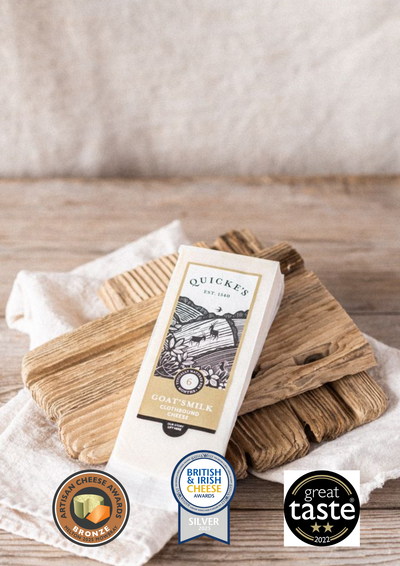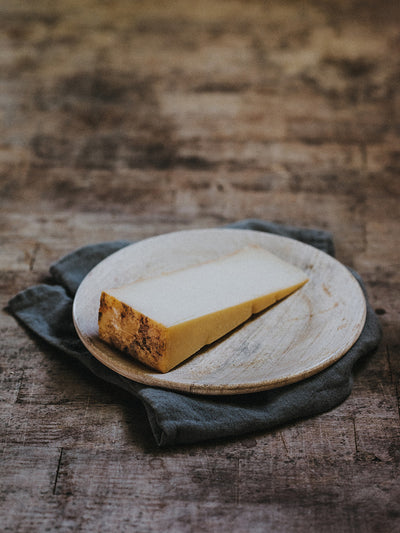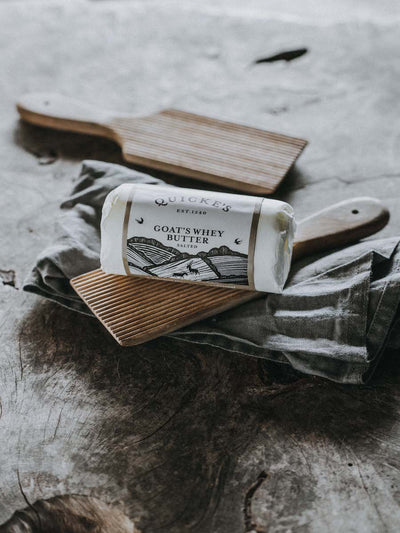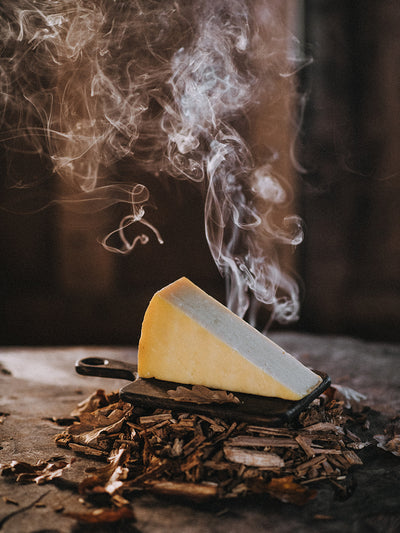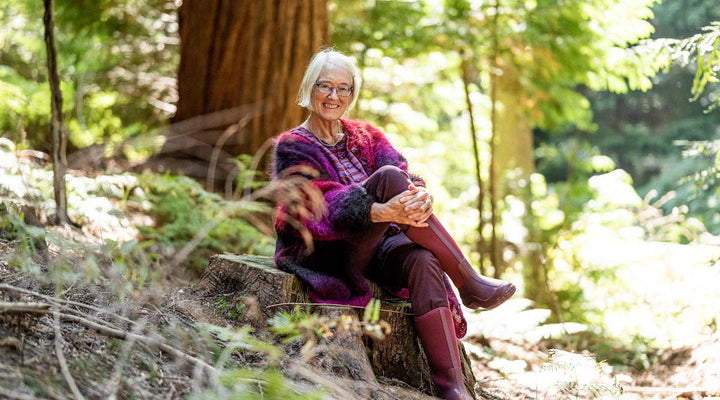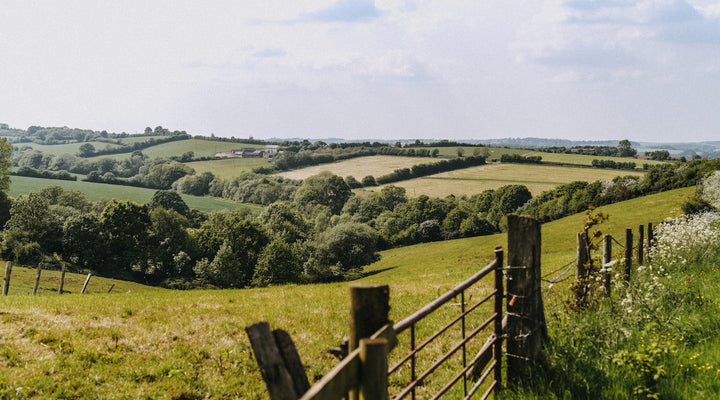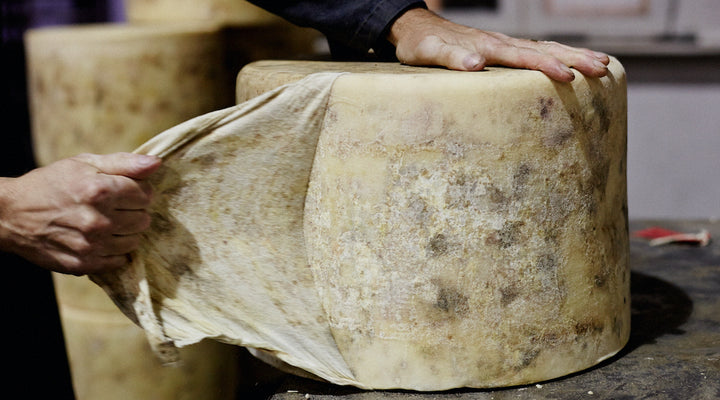I’m so happy that Gina Quicke spotted a hare in a pasture in the middle of the farm. They like grassland with woodland edge. They had disappeared when the central part of the farm was in arable, and is now in pasture. It’s lovely to see them back. I saw a little covey of partridges, enjoying our beautiful mixed landscape. There are fewer ravens around. Some think they may have suffered from avian flu, when all domestic birds went inside, no longer a quick meal, rather than getting the disease themselves.
ARABLE
Our arable crops are looking the best I’ve seen them, testament to the value of spreading manure to every corner of the farm. We have nutrient-rich sludge from the slurry lagoon. It collects there from the cows’ manure, the whey and the cheese dairy and cows parlour washings, plus rain from dirty concrete. We suck that up with a tractor powering the vacuum tank. You may see us going along the lanes to spread it on fields and crops hungry for the nutrients. Animal manure improves the health of the soil, and adds organic matter and micronutrients, which bag fertiliser doesn’t provide. We spread it particularly on the grass clover, which altogether gives the soil a welcome rest from arable crops. The fields are showing their appreciation of this treatment by subsequently giving crops, where the ears are showing in serried ranks evenly across the whole field. I love to see the gusts of wind become visible and nods in waves across a perfect tapestry of ripening ears nod in waves. By the end of July, we may see the combine harvester out, the moment of truth when we see if looks convert to fat grains in the store. We have tried a little ‘dredge corn’ putting a mix of cereals seed in where we ran out of wheat seed. We will cut it as an arable silage, and I’m not convinced so far.
GRASS
The grass plants, like the cereals (they are all the same family) want to set seed. The spring cows want the plants leafy. Our red land pastures on the hill have been looking dry, and we hope for our share of summer thunder rain to keep the grass growing. Our little valley often sees the clouds drop rain on neighbouring hills. The cows can be chasing blades of grass, and then we feed a little winter feed to allow the grass to recover and the rain to come. The deeper soil in the river meadows grows longer in dry weather. The autumn cows are on their summer holidays before calving next month. They graze ‘standing hay’, grass that is long, stalky and gone to seed. They need bulky, poor pasture to fill their bellies and not get too fat. Too fat and there is less room for the calf to emerge easily. Too lush pasture and we have to restrict how much the cows eat so they are hangry, moo crossly at us and look out for opportunities to break out.
CHEESE DAIRY
It’s hot humid work in the cheese dairy, and we make the cheese we need before we close for planned maintenance next month. Our crystal ball is working overtime as we guess what cheese people will want to buy this Christmas, next Christmas, and the summer after that.

